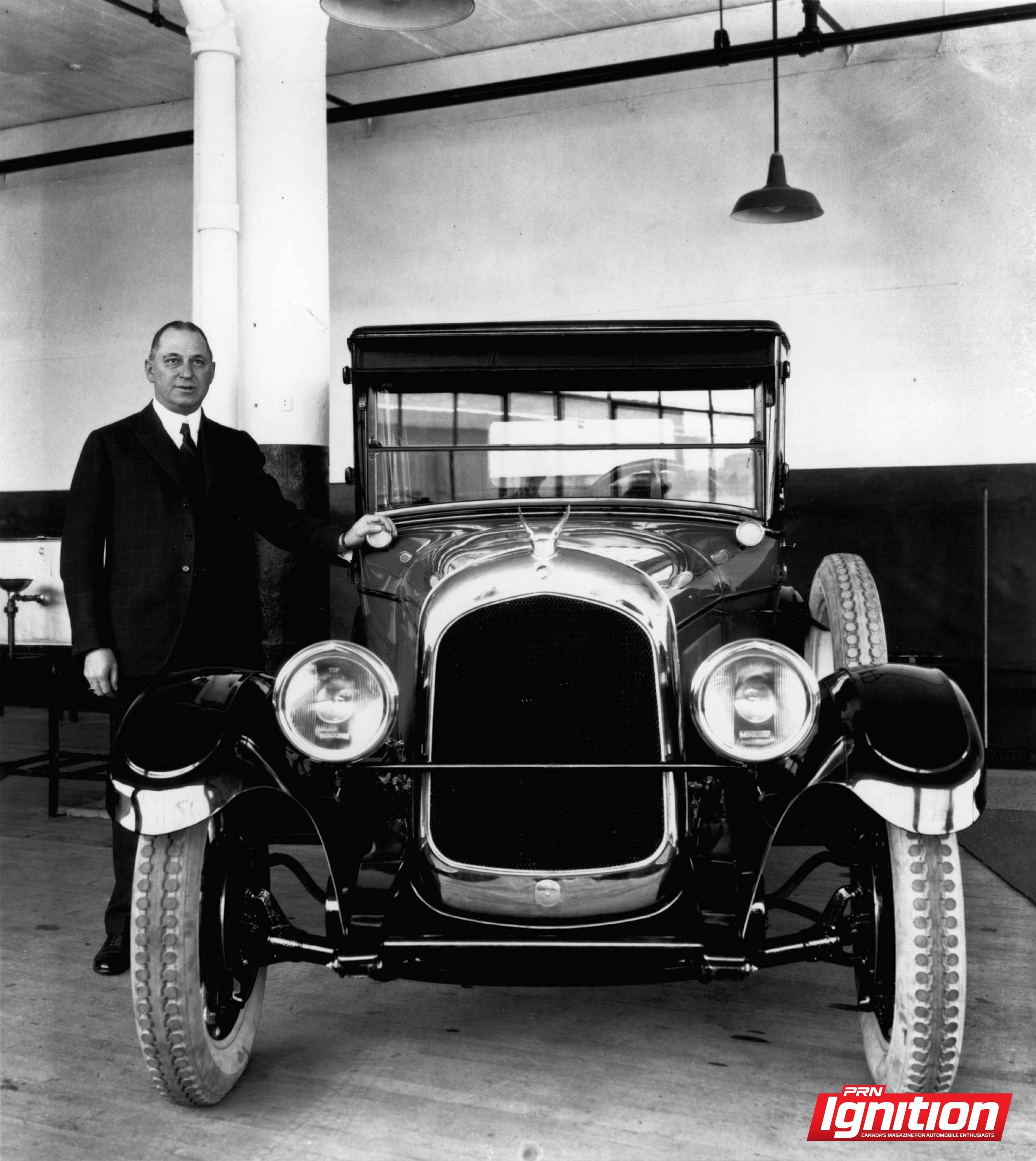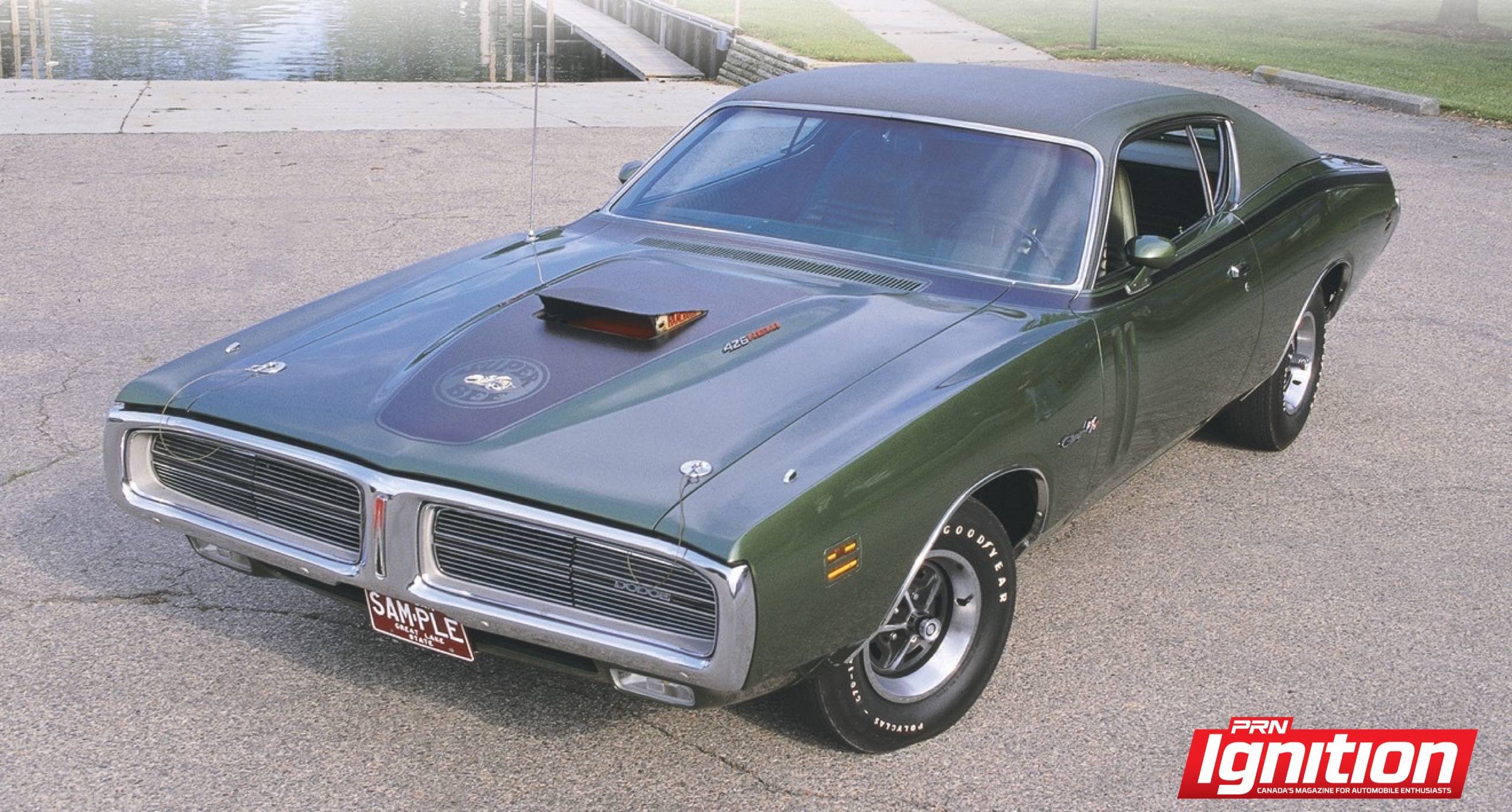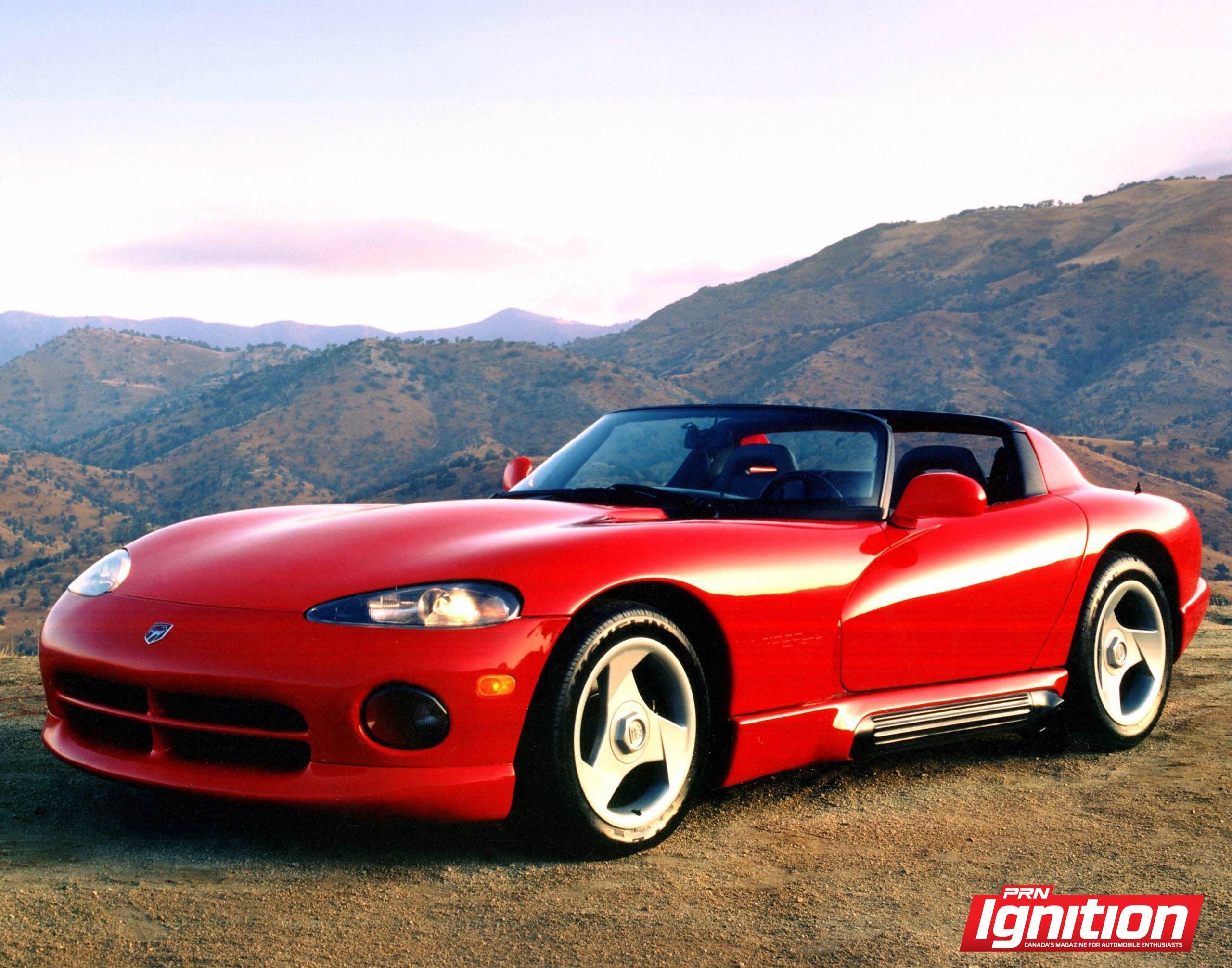
One hundred years ago, the Dodge brand came to life. Like any good story, its first century involves intertwined plots and memorable characters, including a pair of inseparable brothers, Walter Chrysler and, of all people, Henry Ford.
 The company was founded by John and Horace Dodge, born in Michigan in 1864 and 1868, respectively. Their father was a machinist and they followed in his footsteps, eventually moving across the border to Windsor, Ontario, to start a bicycle factory. There were many small companies trying their hand at the fledgling auto industry, and the Dodge brothers made extra money creating intricate components for them. The business quickly grew, and in 1900 they sold the bicycle shop and moved back to Detroit to concentrate on making auto parts.
The company was founded by John and Horace Dodge, born in Michigan in 1864 and 1868, respectively. Their father was a machinist and they followed in his footsteps, eventually moving across the border to Windsor, Ontario, to start a bicycle factory. There were many small companies trying their hand at the fledgling auto industry, and the Dodge brothers made extra money creating intricate components for them. The business quickly grew, and in 1900 they sold the bicycle shop and moved back to Detroit to concentrate on making auto parts.
Oldsmobile was their first big customer, and they made engines and transmissions for that company. Their work caught the eye of Henry Ford, who sought them out when he set up his factory. Both sides were impressed with each other, and the Dodges took on Ford as their only client. The earliest Fords were built almost entirely by Dodge, leaving Ford mostly with the task of placing the bodywork over top.
The Model T was still in the future and Ford was just getting by, which meant the Dodges often waited to be paid. To settle the account, they wrote off outstanding bills in return for 10 per cent of Ford. As that company prospered, dividends on their shares made the Dodge brothers rich. That turned into the stake that let them break the ties to Ford and build a car of their own.


The first Dodge Brothers car left the plant on November 14, 1914. By the end of the year they had produced 249 cars, each selling for $785. For that, you got a windshield, an electric starter, electric lights and a speedometer. These were pretty fancy features at the time and for a very reasonable price as well.
By 1919, the brothers had built their 400,000th vehicle and were still growing, especially since they sold their Ford shares for $25 million. But they didn’t have long to enjoy their wealth. Both contracted influenza at the 1920 New York Auto Show, and both were dead by the end of the year. Unable to run the company, their widows sold it in 1925 to a consortium of bankers. Three years later, the bankers sold it to Walter Chrysler.
 Chrysler eventually positioned the Dodge as a mid-range model, above the entry-level Plymouth, but below the slightly higher-end DeSoto and the premium Chrysler and Imperial models. Within a year of the acquisition, all Dodges had six-cylinder engines and hydraulic brakes, making them standouts among competitors that mostly had four cylinders and mechanical stoppers. The Dodge brothers had made some light-duty delivery vehicles on their car chassis, but their truck business had primarily been a partnership with an automaker named Graham, which made a variety of trucks using Dodge engines and front ends. When Graham decided to concentrate on cars, it sold its plants to Walter Chrysler, who used them to make everything from pickups to delivery vans and tanker trucks.
Chrysler eventually positioned the Dodge as a mid-range model, above the entry-level Plymouth, but below the slightly higher-end DeSoto and the premium Chrysler and Imperial models. Within a year of the acquisition, all Dodges had six-cylinder engines and hydraulic brakes, making them standouts among competitors that mostly had four cylinders and mechanical stoppers. The Dodge brothers had made some light-duty delivery vehicles on their car chassis, but their truck business had primarily been a partnership with an automaker named Graham, which made a variety of trucks using Dodge engines and front ends. When Graham decided to concentrate on cars, it sold its plants to Walter Chrysler, who used them to make everything from pickups to delivery vans and tanker trucks.
Some were trimmed with Plymouth badges until the Second World War, and in Canada you could also get a Fargo-badged truck up until 1972. These variants were for dealers who didn’t sell the Dodge line and wouldn’t sell trucks otherwise, but it was Dodge that produced the company’s commercial division, especially during the Second World War when its six-wheeled trucks were the largest in the U.S. Army. Late in the war, the Dodge 4x4 chassis became the basis for the famous Power Wagon.
 Like all American automakers, the company switched its factories to war production during the conflict, and its postwar models were warmed-over designs from 1942. There was new styling in 1949, but the big model year refresh happened in 1953. In addition to a new lower profile and integrated rear fenders (and for the first time a Dodge could be optioned with air conditioning), there was a new engine under the hood: the brand’s first eight-cylinder since 1933, and its first-ever V8. In honour of the hemispherical shape of its combustion chambers, it was called a Red Ram Hemi. It was a 241-cubic-inch (3.9L) powerplant that made 140 horsepower, developed from the 331-cubic-inch (5.4L) Hemi that was first used in a Chrysler in 1951. Even though gas was just 29 cents a gallon, mileage mattered, so it made news when Dodge’s Hemi outperformed every other American V8 in that year’s Mobilgas Fuel Economy Run.
Like all American automakers, the company switched its factories to war production during the conflict, and its postwar models were warmed-over designs from 1942. There was new styling in 1949, but the big model year refresh happened in 1953. In addition to a new lower profile and integrated rear fenders (and for the first time a Dodge could be optioned with air conditioning), there was a new engine under the hood: the brand’s first eight-cylinder since 1933, and its first-ever V8. In honour of the hemispherical shape of its combustion chambers, it was called a Red Ram Hemi. It was a 241-cubic-inch (3.9L) powerplant that made 140 horsepower, developed from the 331-cubic-inch (5.4L) Hemi that was first used in a Chrysler in 1951. Even though gas was just 29 cents a gallon, mileage mattered, so it made news when Dodge’s Hemi outperformed every other American V8 in that year’s Mobilgas Fuel Economy Run.
Enthusiasts speak reverently of the “fabulous Fifties,” but the decade was still a rough one. Dodge eventually sprouted the tail fins that had become the industry standard, but the major annual styling changes played havoc with quality, and the 1958 recession hurt sales. Dodge weathered it, but its sibling DeSoto closed its doors in 1961.
Consumers were also tiring of massive cars, and Detroit countered with a series of models that were big by today’s standards, but compacts for the day. Dodge’s first was the Dart, followed by the Lancer, powered by a canted inline engine known as the Slant Six – known to fans as the “Leaning Tower of Power.”

These smaller models continued to do well, but something new was on the horizon: the muscle car. Plymouth’s Barracuda was first out of the gate, and Dodge quickly caught up with its fastback Charger for 1966. In its first season, it racked up 18 wins in NASCAR and sold 37,344 copies. And you could get it with the most famous Hemi of all, the 426 c.i.d. (6.9L) that made 425 horsepower.
The Charger begat the Daytona, built with a nose cone and massive wing to meet NASCAR’s production-model requirements, and the Challenger, introduced for 1970. One of the reasons today’s designers can create a modern-day Challenger so close was that the original car only saw a single generation that lasted until 1974, and its styling remained essentially the same throughout. You could get it with a V6 or a choice of V8s; of course, the 426 Hemi being among them. But 1973 brought a Middle East oil embargo that raised gas prices and created day-long lineups at stations that had to ration fuel to drivers. Big cars and bigger engines were abandoned almost overnight by customers who flocked to the Japanese imports and their small, fuel-efficient models.
Chrysler fell on hard times and, in 1979, company president Lee Iacocca arranged $1.5 billion in loan guarantees from the U.S. government. The company’s saviours were two 1980s models that would go on to help shape the auto industry: the front-wheel-drive K-Car that was sold as the Dodge Aries, along with the Dodge Caravan and Plymouth Voyager minivans. Thanks to their success, Chrysler paid off the loans seven years early.


Throughout the 1990s, Dodge was primarily about front-wheel-drive family cars, including the “cab-forward” Intrepid and compact Neon. But the company made waves at the 1989 Detroit Auto Show with the V10-powered Viper. While it was only meant to be a concept car, the green light was given, and by 1992 you could buy one of the most powerful and potent cars to come out of the motor city.

Chrysler gambled again in 2005, when it introduced an all-new, rear-wheel-drive platform. Dodge’s first version was the Magnum station wagon, followed by the 2006 Charger sedan and then the 2008 Challenger coupe. All of them were available with Hemi engines, including the high-performance SRT versions.
With its acquisition by Fiat, Chrysler is again undergoing changes. The SRT badge is now reserved for extreme performance cars such as the Viper, while the Ram nameplate has spun off as its own commercial brand. Dodge will now stand alone as the company’s performance brand.


“We don’t need to be everything to everyone, and we’re going to focus on mainstream performance,” says Tim Kuniskis, Dodge President and CEO. “It doesn’t mean low volume or niche, since Charger and Challenger together have sold one million copies. If you look at Dodge, there’s a strong performance DNA running through it. It’s not necessarily hard core, but it’s performance DNA.”























